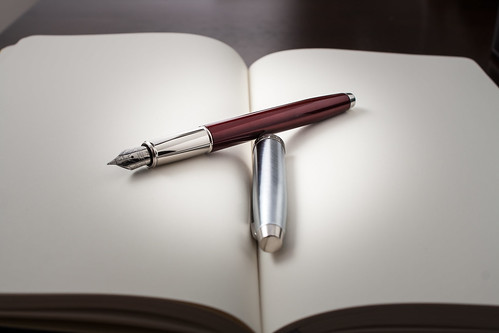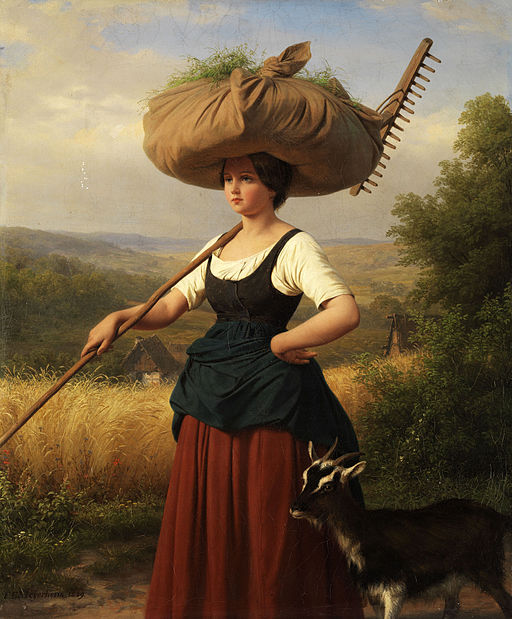Strange how memories forgotten for years can suddenly return with such intensity. This week I have been remembering a newspaper cutting I had on my wall as a girl, which was on the subject of setting and achieving goals.
I remember the paragraph which said to list What’s In It For Me – taking the pragmatic if somewhat un-altruistic view that you couldn’t set goals which only benefited others.
I remember the remarkably bad posture [straightens back] of the young people in the illustrations, who appeared to have been genetically modified with turtle DNA (and not the ninja sort, either).
But before either of these I remembered the feeling of order, perhaps even control, which the cutting gave me. I could set goals, break them down into steps, and then achieve them, at least in theory. I could accomplish things.

For some reason (early exposure to the classics?) I always wanted to be accomplished. To my chagrin, I live in a modern society which does not really go in for accomplishments, and therefore gives me nothing to measure myself against (rather like modern manners).
There is of course always Miss Bingley’s definition: “no one can be really esteemed accomplished, who does not greatly surpass what is usually met with. A woman must have a thorough knowledge of music, singing, drawing, dancing, and the modern languages, to deserve the word; and besides all this, she must possess a certain something in her air and manner of walking, the tone of her voice, her address and expressions, or the word will be but half deserved.”

I have a smattering of modern languages, and my posture is at least better than the teenage turtle-mutants in the clipping. Let us draw the curtain of charity over my abilities as to the rest. I might do slightly better in Mr Darcy’s estimation (“to all this she must yet add something more substantial, in the improvement of her mind by extensive reading”) were it not that he expected all the rest as well. An accomplished lady of the Regency, then, I shall clearly never be.
Well, never mind. Mr Darcy isn’t a patch on the Caped Gooseberry anyway.
The resurfaced memories did make me think again about motivation and goals. While working toward a larger goal, it can sometimes be necessary to motivate oneself in the short term. Never mind what’s in it for me next year, I want to sleep now!

Sometimes it pays to use the carrot instead of the stick, to provide yourself with a few extra incentives. For example, if I manage to write 4,000 words tomorrow, I can go and buy a new exercise book.
To be fair, I’m making a virtue of necessity in this case, as if I write 4,000 words there won’t be room in my current book for another Monday’s worth of words. But buying a new one will be enjoyable just the same.
When I finally finish the first draft of my WIP, I might buy myself one of these to celebrate.
Do you detect a certain stationery orientation in my incentives?

I admit it – I love stationery. As a child of six, I kept an envelope full of blank strips of paper in my room. They weren’t even cut straight, but there was something indefinably pleasing about them. I used to take them out and fan them through my fingers. (Weird kid? Yes. Point?)
Pens, paper, ink – I love them. And if that love can spur me on to keep writing when The End seems unimaginably far away, then even better.
What are your goals? And what are your favourite incentives? All correspondence welcomed.







